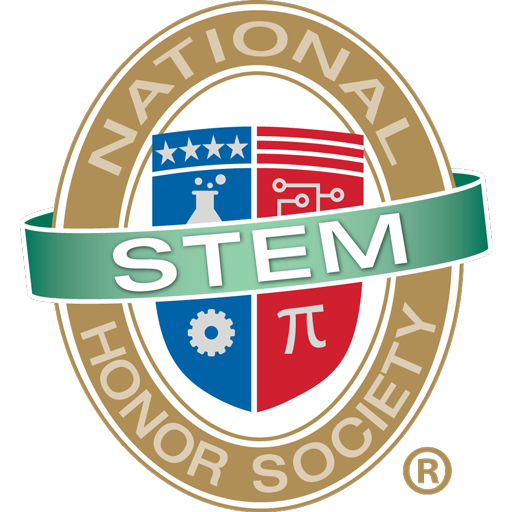With so many disappointing moments in 2020, it can be easy to want to forget the year entirely. We shouldn’t, however, brush aside the incredible scientific discoveries and breakthroughs that occurred in this infamous year.
Below are ten of the most groundbreaking (and non- COVID-related) scientific achievements of 2020.

1. Space Enthusiasts Advance Our Understanding of Outer Space

Although 2020 was memorable for all the wrong reasons on planet Earth, other parts of our solar system yielded exciting news. Astronomers discovered what they originally thought was a mini-moon was actually a rocket booster NASA launched into space in the 1960s. An Australian radio telescope mapped over 80% of the observable universe and found 3 million galaxies, a third of which we had not previously seen. Surprising research showed there could be life on Venus; although thought to be uninhabitable due to its acid clouds and hot temperatures, the gas phosphine was found on the planet. This signals the potential for life. Elon Musk’s Crew Dragon spacecraft became the first crewed orbital spaceflight launched from the U.S. since 2011. The commercial vehicle launched two Americans to the International Space Station. We also gained access to the closest images of the sun ever photographed last year.
2. Artificial Intelligence Boosts Cancer Research
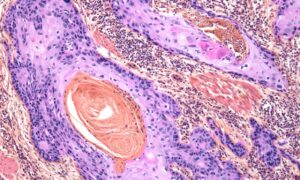
Thanks to artificial intelligence, the scientific community watched major breakthroughs in cancer research unfold in 2020. Google’s DeepMind AI system proved its ability to detect breast cancer better than human radiologists. A similar project from the University of Pittsburgh also had success using AI to detect prostate cancer. With over 30,000 annual prostate cancer deaths and 40,000 breast cancer deaths in the U.S., these breakthroughs will hopefully save many lives.
3. New Archeological Evidence Redefines America’s Past
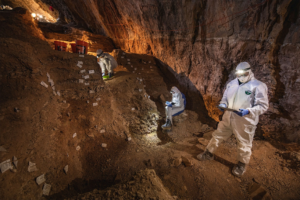
Archeological findings in a Mexican cave have changed our previous timeline of American colonization. The evidence suggests humans were present in the cave 30,000 years ago, which is 15,000 years earlier than initially thought. Primary hypotheses stated that current-day indigenous populations in the Americas were descendants of the Americas’ earliest ancestors, but now this view is changing due to research like that done in the Chiquihuite Cave.
4. Paleontologists Find the Extinct “Wonderchicken”
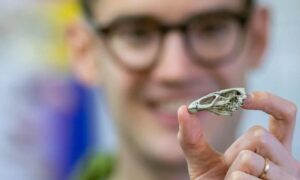
Paleontologists shared in the success of 2020 when they discovered a near-complete skull of an extinct bird believed to be 66 million years old. The “wonderchicken” is the world’s oldest known modern bird fossil. The scientists behind this finding are optimistic that the wonderchicken will help uncover some of the mysteries associated with bird evolution and their survival of mass extinction.
5. Physicists Measure the Smallest Unit of Time
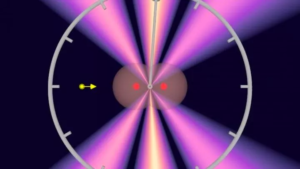
Although it may have felt as though 2020 continued for eternity, German physicists struck gold when they measured the shortest unit of time ever. They accomplished this feat by examining the amount of time it takes for a photon to cross a hydrogen molecule. This movement takes 247 zeptoseconds (a single zeptosecond is defined as a trillionth of a billionth of a second!).
6. Oceanographers Find Colossal Coral Reef

In October, the Schmidt Ocean Institute found a coral reef standing at the colossal dimensions of 1600 feet high and 5000 feet wide on Australia’s Great barrier reef. This discovery joins the pile of mounting findings that help us to better understand our oceans. Despite previously conducted research over hundreds of years, we know far less about the ocean and what lurks beneath it than scientists would like. Therefore, this breakthrough represents a major success for all oceanographers and marine scientists.
7. Scientists Develop Enzyme that Breaks Down Plastic

The Center for Enzyme Innovation in the U.K. and the National Renewable Energy Laboratory in Colorado developed an enzyme that breaks down a plastic known as polyethylene terephthalate (PET). This type of plastic is commonly used in water bottles and food packaging. If used at large, this special enzyme could allow manufacturers to reuse their plastic. This initiative would help to fight climate change because the production of new plastic uses fossil fuels.
8. Chemists Advance Gene Editing to Cure Diseases
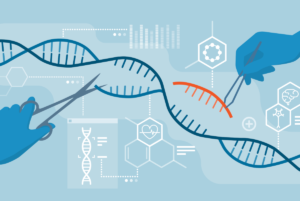
2020’s Chemistry Nobel Prize was awarded to two women, Jennifer Doudna and Emmanuelle Charpentier for their remarkable work on the gene-editing tool CRISPR. This technology is like a pair of scissors—it cuts DNA and shuts a targeted gene off. CRISPR can permanently modify genes and help to treat and prevent human diseases. As of right now, scientists are exploring its potential to treat cystic fibrosis, hemophilia, and sickle cell disease. There is hope that the breakthrough may prevent or alleviate more complex diseases such as heart disease, cancer, mental illness, and HIV.
9. Doctors Create Synthetic Red Blood Cells
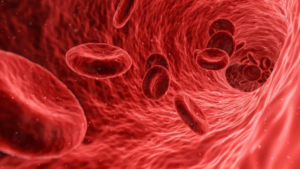
2020 saw the creation of synthetic red blood cells that function just like real ones. They can transport oxygen, are small enough to pass through capillaries, and can even carry vital drugs. Although there is still a lengthy amount of research and testing that needs to be done before it’s certain they’re safe for use on humans, this invention carries great promise, especially in the realm of targeted drug therapy.
10. Scientists Make Better Lab-Grown Meat
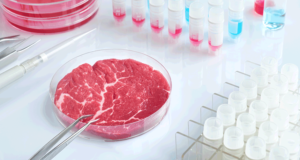
Although many find meat delicious and consume it as a regular part of their diet, meat production tends to do great harm to our planet. Therefore, scientists have been exploring ways to create lab-grown meat options. Eat Just, a U.S. firm, was successful in making lab-grown meat that hit the market in Singapore in 2020. This unique approach to tackling climate change may be a tricky sell at first, but with increased customer confidence this product can hopefully lower our carbon footprint.
Be sure to stay on the lookout for exciting scientific breakthroughs as they develop in 2021. Accentuating the positive has never been so important, and the scientific community is constantly serving up fascinating discoveries and solutions to some of our greatest problems!
Written by Lucy Reid
